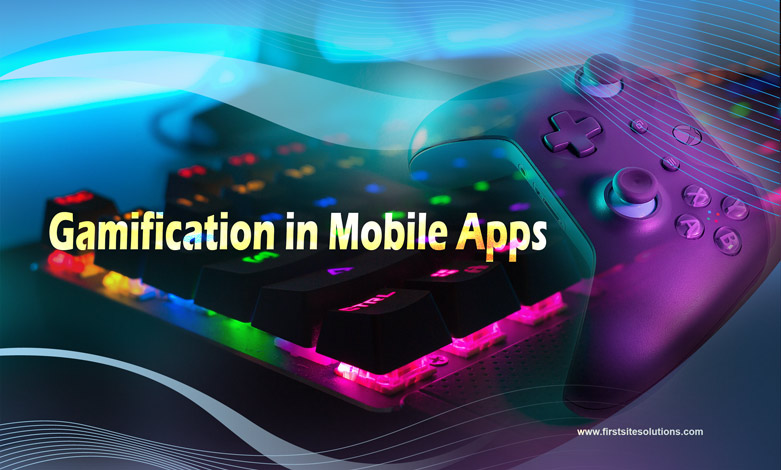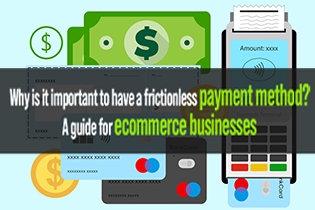
Introduction
App gamification is an effective method for acquiring, engaging, and retaining users. Gamification techniques can be applied to almost any type of app. Furthermore, when you use this effective technique, you can use behavioural psychology to give an ethical hook to keep them engaged.
Here's everything you need to know about app gamification, along with some fantastic examples of well-executed gamified apps.
What Exactly Is App Gamification?
App gamification is the practice of applying game dynamics ideas to mobile apps in order to motivate users to return to the app repeatedly. It provides a habit-forming degree of interest when done appropriately. The cycle consists of an initial trigger, an action, a variable reward, and a push to continue using the product. You may enhance traffic and user engagement by introducing gamification into your app.
To gamify your app, you must first implement specific design components before moving on to the gamification workflow. The following are typical app gamification design elements:
- Points - The basic incentives that a user receives for success.
- Badges - A visual representation of a user's accomplishments that indicate performance.
- Performance graphs - Graphs that display performance in comparison to earlier outcomes
- Scoreboards or Leaderboards - Lists with rankings that compare a user to others over time.
- Progress or Levels Display - Areas of the app that become more sophisticated with each upgrade.
- Currency - A method of "paying" for advantages.
Each of these design concepts originated in games, but they can also be efficiently adapted to other apps. A good understanding of behavioural design is required for any app design that prioritises user experience. Understanding where behavioural design and UX design intersect is critical to making a decent app great.
Take a look at the infographic below by ERS IT Solutions, which takes a deep dive into ‘Gamification in Mobile Apps.’









